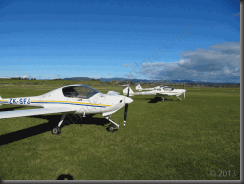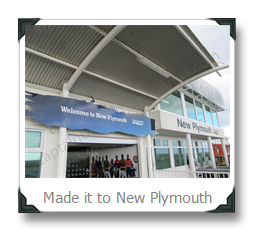Now that I’m out of the sim, I’ve moved onto flying the Cessna 172 to put what we were learnt in the sim into practice before moving on the Twinstar.
The first couple of lessons have been about using the VOR beacons to track, enter and maintain the holding pattern and make approaches.
In my last lesson, these all came together as myself and Fraser, another cadet on my course, flew over to Rotorua for the day. We flew there using the beacons at Hamilton and Rotorua to guide us and then using the Rotorua beacon to do holds and approaches at the airport there.
Having Fraser in the back on the way out meant we were able to film my last approach
Another benefit of IFR flying is that we can fly at any time of the day and in pretty much any weather conditions. This allows for some great photos! Head over to the photos page to see some of the better photos from the past couple of flights.
Here are a couple of my favourite photos from these flights: Above: Flying over Hamilton city at night
Above: Flying over Hamilton city at night
Below: On profile to land at Hamilton

The next lessons see me moving onto GPS Holds and Approaches and then moving onto flying longer distance routes under IFR conditions, so an exciting couple of weeks ahead!










